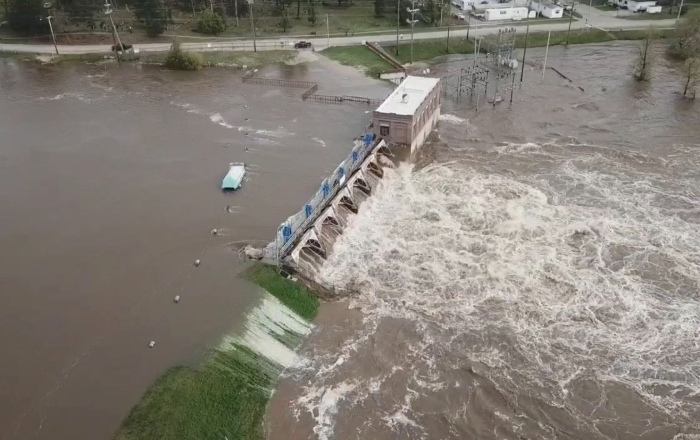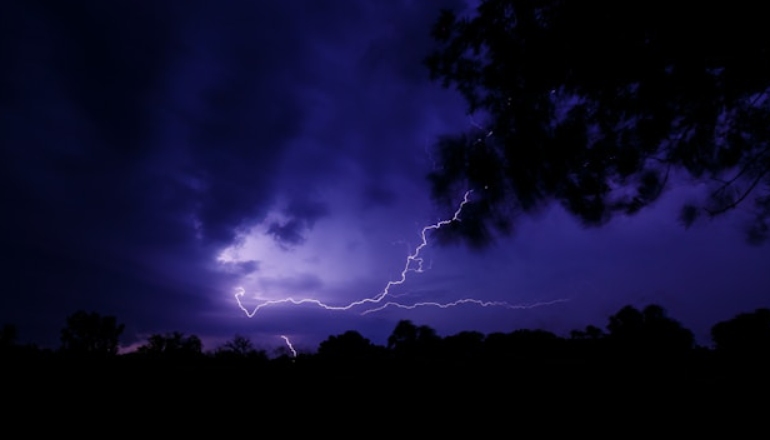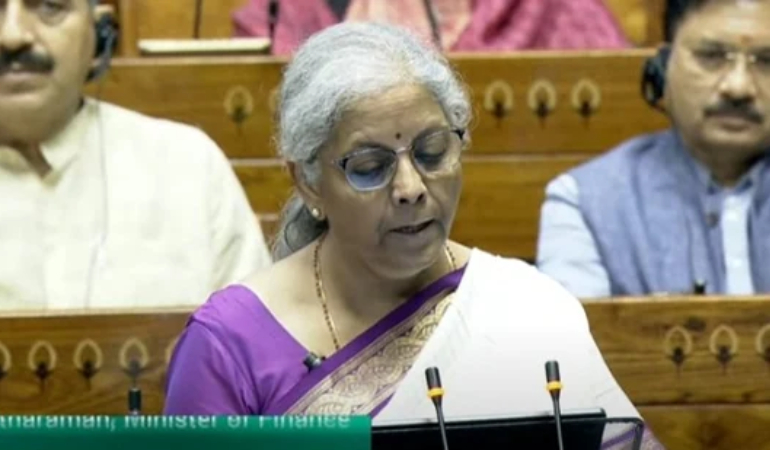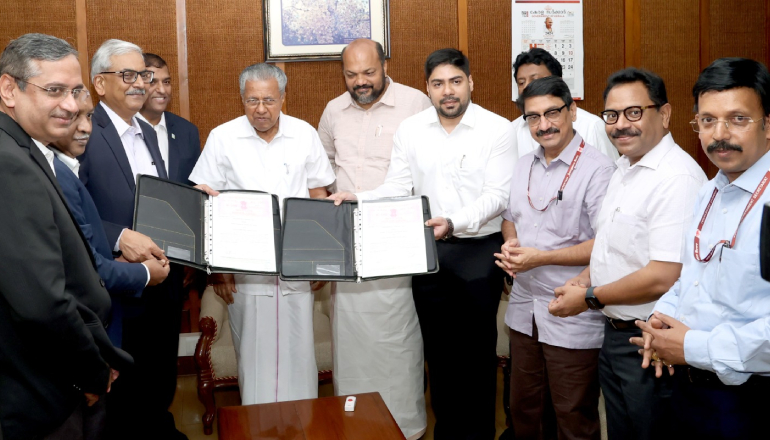For the past two weeks, we have been bombarded with news of landslides, dam bursts in Himachal Pradesh, Shutter breaks at the Tungabhadra dam in Karnataka, and the health of the Mullaperiyar dam in Kerala.
No, I am not joining the chorus demanding answers about the age of the dams. Or questioning the sanity of aged dams. Or How safe are the old dams?
But at the same time, these reiterates a very critical fact: THE WORLD IS UNSAFE in the wake of increased climate incidents. And the ‘netas’ are not asking experts the right questions or addressing the correct issue.
Now before you argue that climate incidents and dam safety are two different aspects, let me tell you that climate change is a trigger and can prove disastrous. We have already witnessed its impact on the dams this monsoon.
But dams are important.
In India, the majority of hydro projects are primarily designed to generate electricity. That is mainly because of the cost effectiveness.
I reached out to Prof V K Damodaran, Independent Energy and Environment Consultant. He has worked extensively on hydroelectric projects in India and abroad (China), especially small hydro projects.
He highlighted some critical points that need attention at the policy level.

“When a question on dam safety is posed to an expert, his answer will be based on the available terms of reference. So I would say, we are asking the wrong question. A dam burst may not happen because of the age but triggered by different elements such as an earthquake, a shift in seismic layers, or even a climate incident.”
According to news reports, the incident at Tungabhadra in Karnataka is primarily due to a mechanical failure, largely due to a lack of maintenance.
Responding to the connected query on preparedness, Professor Damodaran said, “If you take the increased number of climate incidents in India this year, and the direct connection of Malana dam burst in Himachal Pradesh to the cloud burst, it calls for an update on the referral points. This requires intervention at the policy level.”
He said every project and machinery has instructions about periodic safety reviews and maintenance. However, these are not consistently maintained.
“We should reevaluate the reference points in light of the catastrophes and climate change. To meet evolving needs, the nation should instead create new benchmarks and modify laws and regulations, he added.
Undoubtedly, climate incidents induce a sense of fear among people.
We need to take action on the policy front to guarantee both environmental and human safety. To achieve the same, what’s required is:
- A change in approach in the wake of climate change
- Periodic safety drills and safety equipment upgrades
- Use technology to analyse and take remedial measures
- Adopt advanced technology for predictive use
- Collaborative approach of departments to ensure the safety of human beings
Our take:
Stringent policies, rules, and procedures are urgently required. Although the exact cause of a dam burst is unpredictable, proactive preparedness can reduce the impact.











